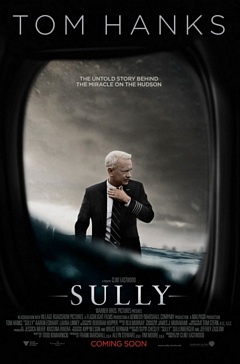As the pandemic subsides (at least for now,) many companies are summoning employees back to the office. Some companies are giving workers a combination of remote and co-located work.
To initiate a hybrid-remote model for your workplace, first reconstruct how your team gets its job done. Ask, “What activities can be remote?” instead of “what roles can be remote?”
Not every activity can be equally performed in a remote setting. Take into account the level of human and physical interaction needed for every task.
Consider breaking down business activities that were formerly bundled into a single job. Mix and match responsibilities and tasks in keeping with employee competencies and individual needs.
Every employee responds to work circumstances differently. Some employees are eager to return to work—especially if they’ve struggled with blurring home and office during the pandemic, or if they fear disadvantages such as a lack of visibility for promotions.

.jpg)
